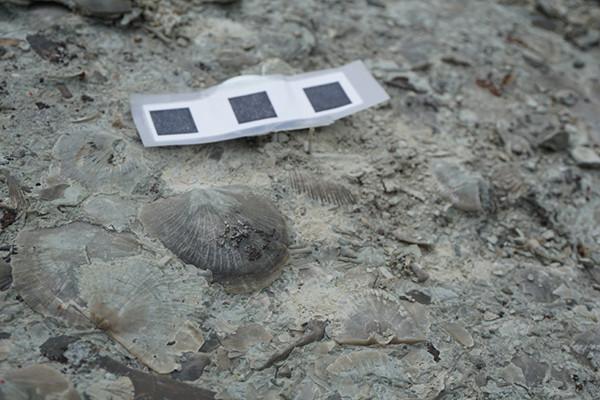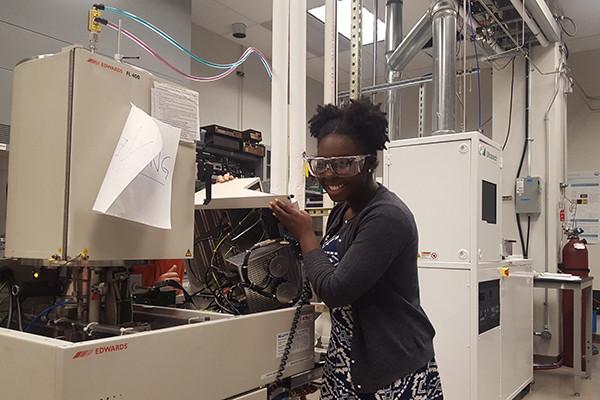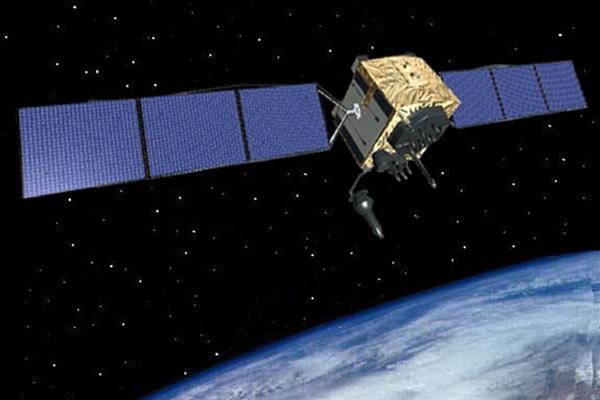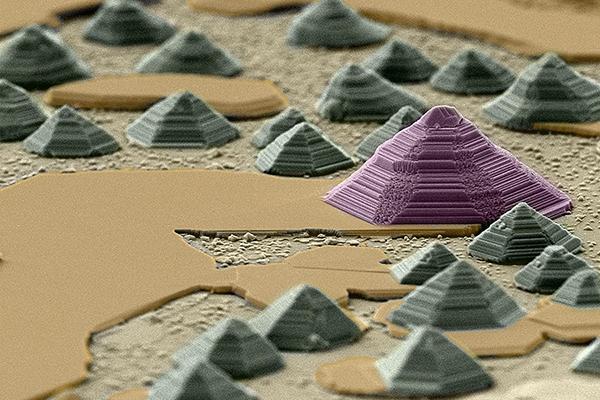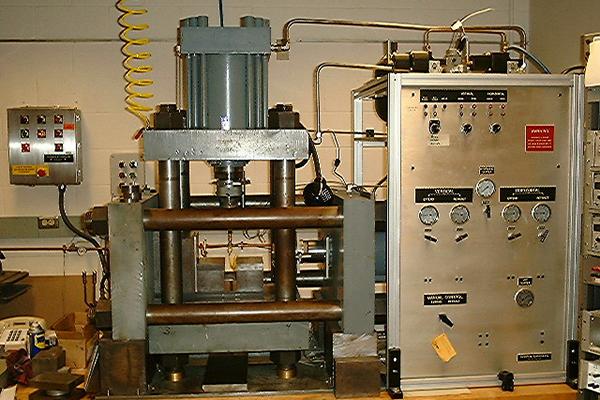Read the latest news about research conducted by investigators in the College of Earth and Mineral Sciences. Our faculty and students are continually advancing technology, creating solutions and expanding knowledge with new and innovative research.
News
Researchers investigating an interactive program using trade-off diagrams that would lead decision makers in the right direction, allow compromises, but not dictate the results.
Using artificial intelligence and machine learning technologies may help scientists better understand weather and weather variability. As the climate changes, this may help prepare people for changes in their region's weather patterns, and better preparedness could save money and lives.
Researchers found the recovery period following the second largest extinction on record, some 444 million years ago, had a bigger evolutionary impact than the extinction event itself on brachiopods, shelled, clam-like animals that once dominated the sea floor.
An internship at Penn State launched Ama Agyapong toward a career in materials science and engineering and her lifelong goal of improving the devices we use every day.
Fitness apps and other smart devices embedded with GPS satellite chips and other sensors may use satellite data to help users stay fit and healthy, but, according to Penn State and Penn State Dickinson Law researchers, they unwittingly open a gateway to privacy-related legal and ethical headaches and are a repeated source of national security threats.
The 11th annual Materials Visualization Competition (MVC11), a scientific visual and artistic competition, is now accepting submissions. The deadline for submissions is April 5.
"Frustration" plus a pulse of laser light resulted in a stable "supercrystal" created by a team of researchers led by Penn State and Argonne National Laboratory, together with University of California, Berkeley, and two other national laboratories.
UNIVERSITY PARK, Pa. — For the first time, the magnitude, time and duration of earthquakes in a laboratory setting were predicted by a team of researchers from Penn State and Los Alamos National Laboratory.
Chiara Lo Prete was awarded a $250,000 grant for early career researchers from the Alfred P. Sloan Foundation to examine the effectiveness of energy market structures in aggregating private information on wind production forecasts to better coordinate commitment and production decisions in electric systems.
While the polyester leisure suit was a 1970s mistake, polyester and other synthetic fibers like nylon are still around and are a major contributor to the microplastics load in the environment, according to a Penn State materials scientist, who suggests switching to biosynthetic fibers to solve this problem.





